Warning: Buy The 2017 Mazda CX3 If You Don't Like Your Peace Of Mind
According to Consumer Reports, the CX-3 returned a miserable 20% reliability rating for the 2017 model year, which was rather alarming for a new SUV introduced barely a year earlier. CR’s assessment ultimately damned the CX-3 as one of the least-reliable used cars to invest your money. In any case, the 2017 Mazda CX-3 is a subcompact C-SUV introduced in 2016 to replace the Mazda2-based Mazda CX-3.
Although the new CX-3 received positive reviews for its stylish design, agile handling, and fuel efficiency, it wasn’t long before complaints began pouring in, especially concerning the climate system, suspension system, and electrical components.
While these three areas are the vehicle’s most likely components to develop problems, there are several other reasons why you should avoid buying this vehicle. In this article, we will discuss 13 reasons you’d be wise to steer clear of the 2017 Mazda CX-3.
Related: These Are 13 Used Cars To Avoid At All Costs (But They’re Not Entirely Bad)
1. 2017 Mazda CX3 Common Problems: Poor Cargo Space
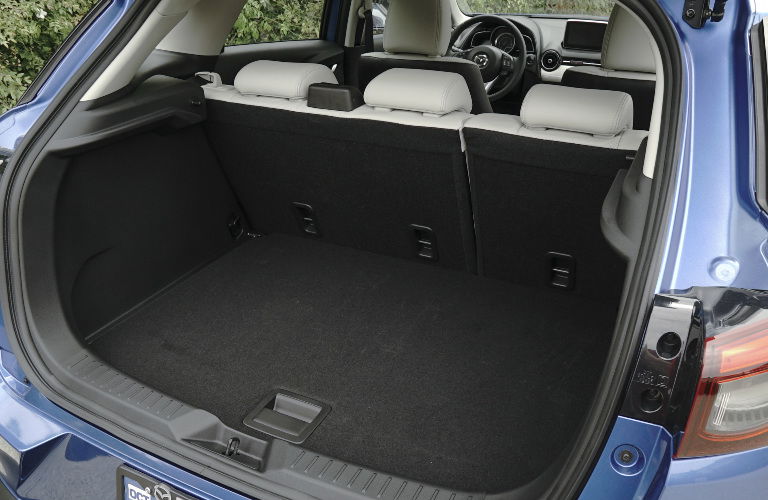
The Mazda CX-3 has a small cargo space that can only accommodate up to 12.4 cubic feet of cargo with the rear seats up.
This is significantly less than its competitors, such as the Honda HR-V, which has a cargo space of 24.3 cubic feet. If you need a car for hauling cargo, the Mazda CX-3 may not be your best choice.
2. 2017 Mazda CX3 Common Problems: Limited Rear Seat Space
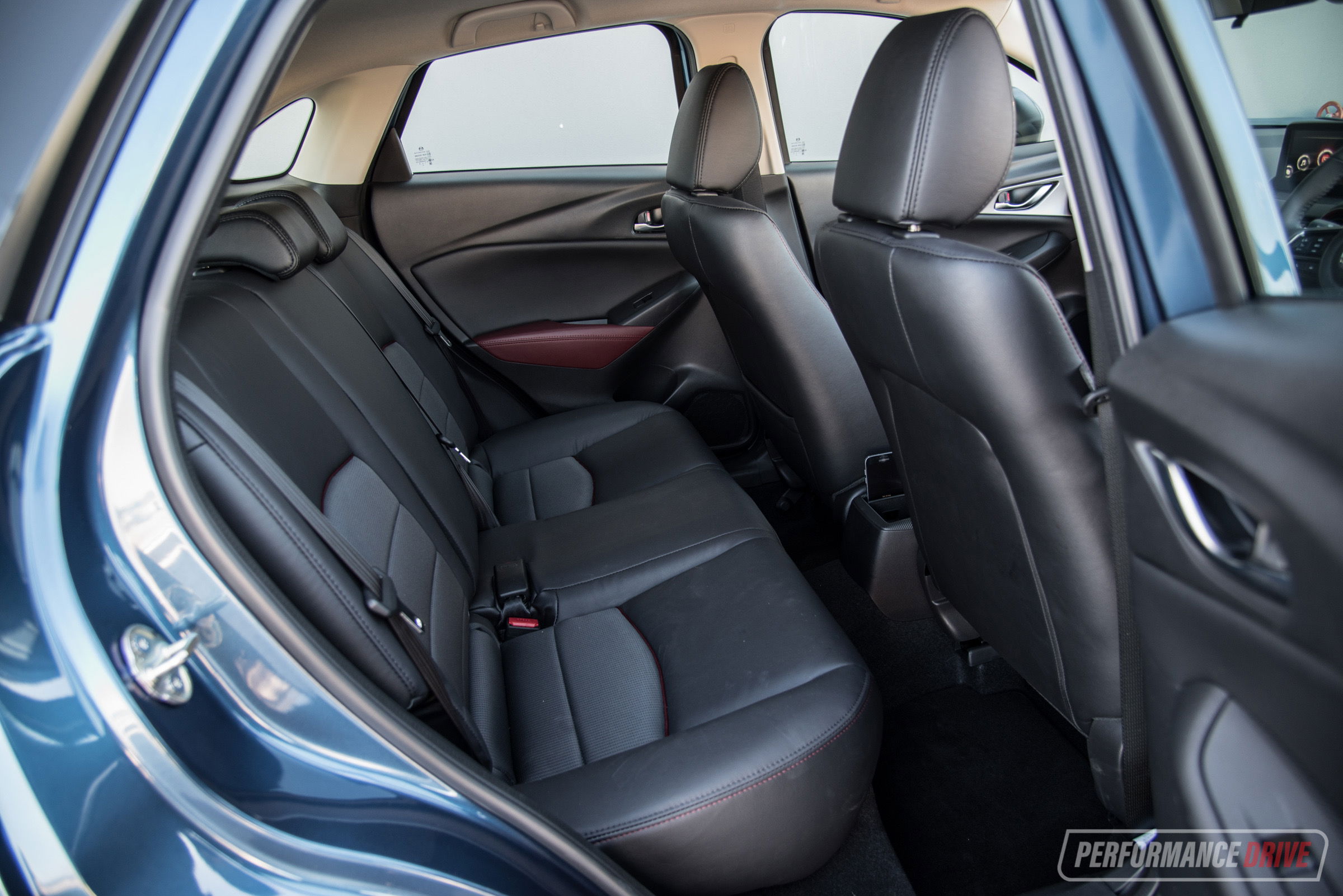
The Mazda CX-3 is a subcompact SUV, and as such, it has limited rear seat space. The backseat is cramped, and taller passengers may find it uncomfortable. In fact, CR marked the cramped interior as one of the factors that landed the CX-3 in its damning list of worst cars to avoid.
However, you could argue that it just means the SUV is more suitable for younger drivers like college students. Even so, college students who frequently have passengers in the backseat are better off looking elsewhere for a larger SUV or crossover.
3. 2017 Mazda CX3 Common Problems: Noisy Cabin
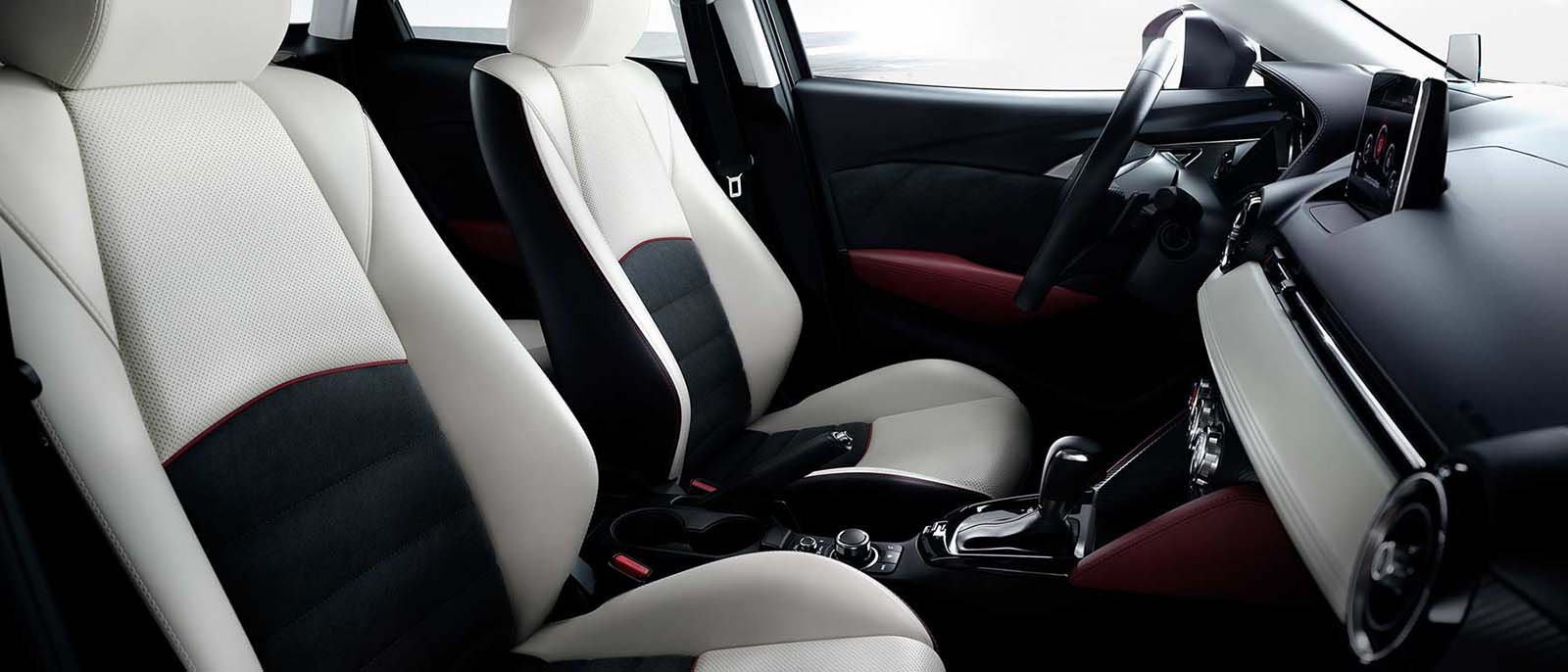
The 2017 Mazda CX-3 has a noisy cabin, especially at highway speeds. Wind and road noise can be quite loud, which can get tiring on longer trips. If you want a quiet and comfortable ride, the Mazda CX-3 may isn't the right car for you.
Now, these may sound like superficial issues up to this point, but such a litany of deficiencies ultimately tends to leave people browsing “cars for sale” magazine pages too soon.
The unduly loud cabin noise factored heavily on why the SUV earned a heart-sinking 1/5 owner satisfaction rating in the CR review.
4. 2017 Mazda CX3 Common Problems: Underpowered Engine
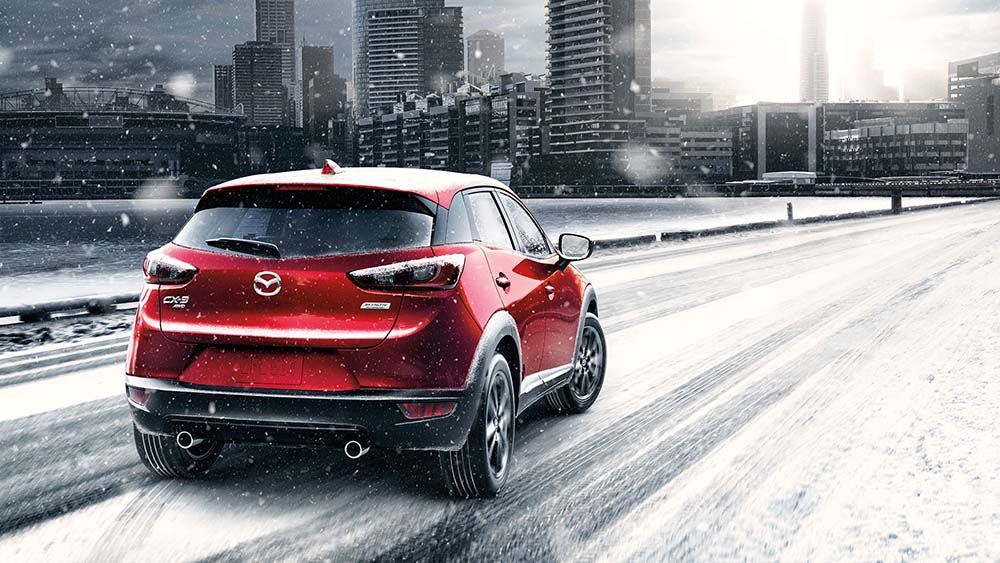
The Mazda CX-3 comes with a 2.0-liter four-cylinder engine that produces 146 horsepower and 146 lb-ft of torque.
While this may be sufficient for city driving, the engine can feel underpowered on the highway or when driving up hills. If you want a car with more power, you may want to look at other options.
5. 2017 Mazda CX3 Common Problems: No Apple CarPlay or Android Auto

What? In 2017? Indeed, the 2017 Mazda CX-3 does not come with Apple CarPlay or Android Auto, which are popular features that let you integrate your smartphone with your car's infotainment system.
This means you cannot use phone apps like Google Maps on the CX-3's infotainment display. Not that the CX-3 is the only car without this feature; its absence is rather pronounced in a beautiful and expensive SUV such as the CX-3.
Apparently, this is a deal-breaker for drivers and families who rely on their phones for navigation or entertainment.
6. 2017 Mazda CX3 Common Problems: Noisy Suspension
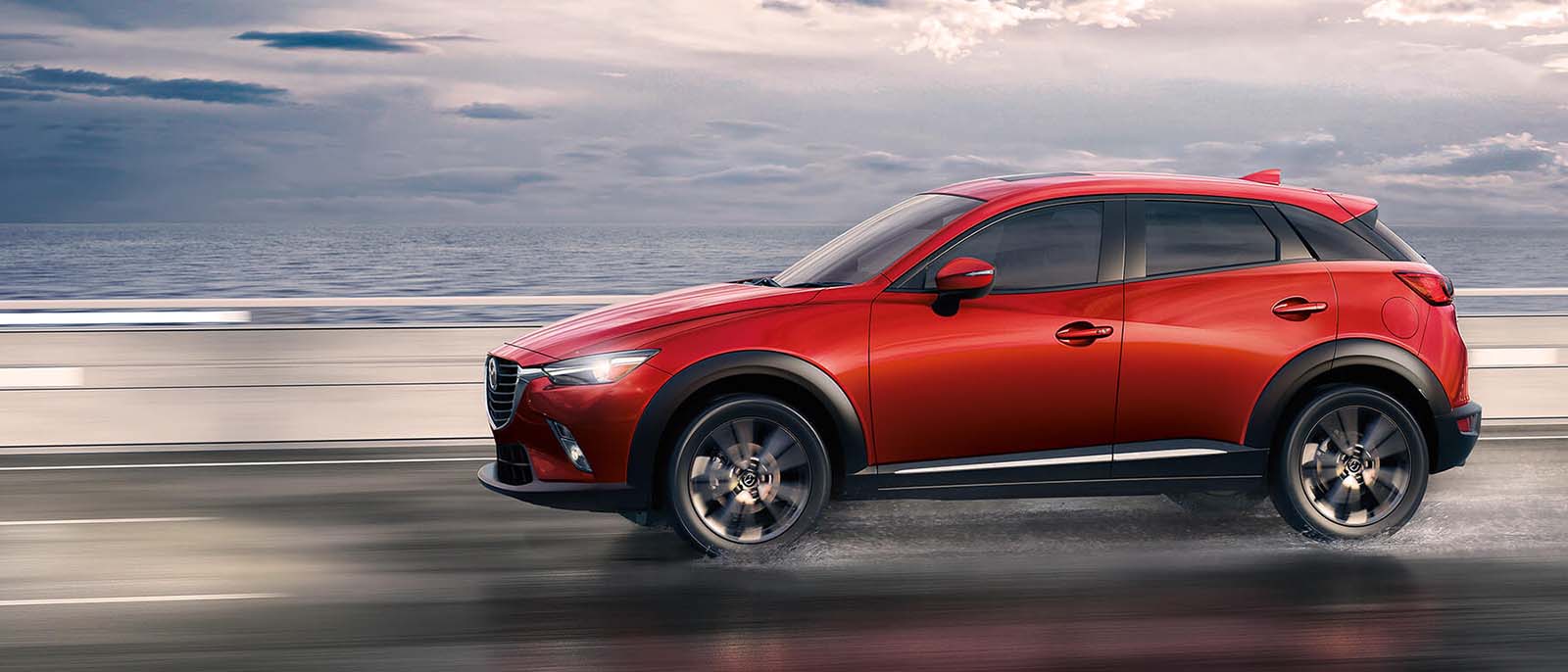
The Mazda CX-3 has a noisy suspension, which is annoyingly audible when driving over rough roads or bumps.
This can be quite unnerving, especially on longer trips. In other words, the Mazda CX-3 isn't the best choice for shoppers looking for cars with a quiet suspension, and that's literally everyone we know.
Related: Ten Best And Cheapest Made-In-China Cars
7. 2017 Mazda CX3 Common Problems: Limited Safety Features
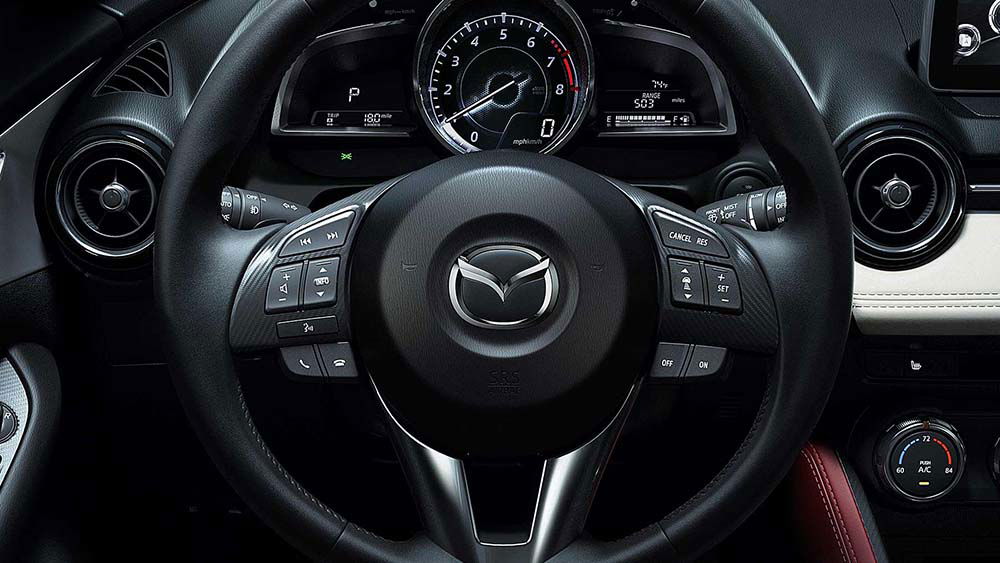
The 2017 Mazda CX-3 has limited safety features, especially compared to its competitors.
While it does come with standard features such as a rearview camera and blind spot monitoring, many other important safety features, such as forward collision warning and automatic emergency braking, are only available on higher trims. If safety is a top priority for you, you may want to give the “17 CX-3 a wide berth.
8. 2017 Mazda CX3 Common Problems: Limited Visibility
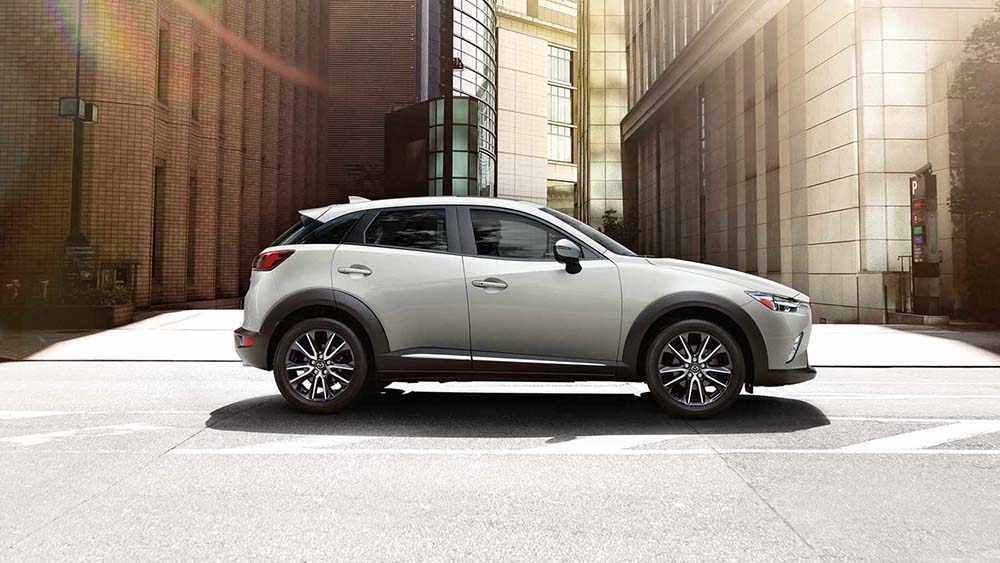
The Mazda CX-3 has limited visibility, especially in the rear, due to its sloping roofline and small rear windows. This can make it difficult to see when backing up or changing lanes. If good visibility is important to you (are we kidding?), you may want to consider other options.
9. 2017 Mazda CX3 Common Problems: Limited Off-Road Capability

The Mazda CX-3 is not designed for off-road driving and has limited off-road capability. Its low ground clearance and front-wheel drive system make it unsuitable for rough terrain or muddy roads.
If you plan to do any off-road driving or use the vehicle in countries like Nigeria, you may want to consider a different SUV.
10. 2017 Mazda CX3 Common Problems: Expensive for its Class
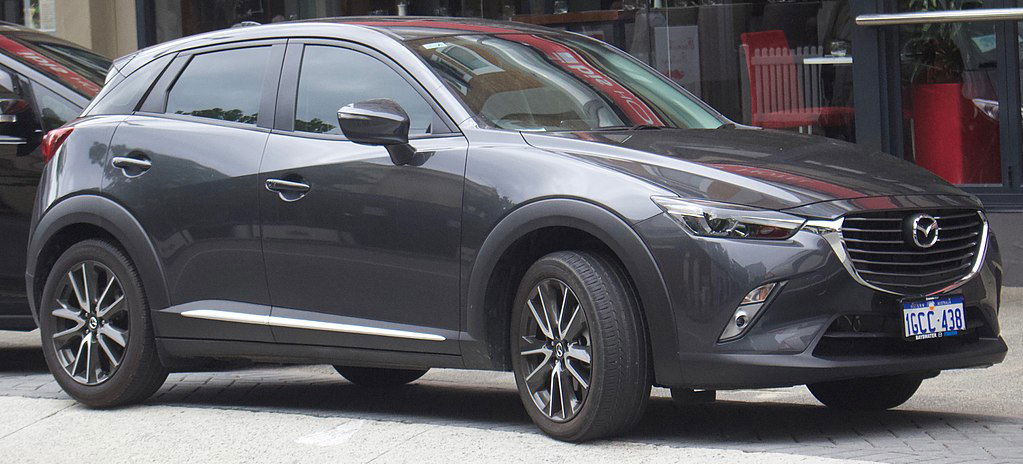
The 2017 Mazda CX-3 is more expensive than many of its competitors in the subcompact SUV class. While it does offer some premium features, such as leather upholstery and a Bose sound system, these features are only available on higher trims, which can make the car even more expensive.
Although the prices currently range from $10,995 to $23,999 in the used car market, do you really want to pay that much for an SUV with no smartphone integration support, forward collision warning, and emergency braking? We didn’t think so. Besides, informed shoppers on a tight budget were already looking elsewhere since 2018.
11. 2017 Mazda CX3 Common Problems: Limited Customization Options
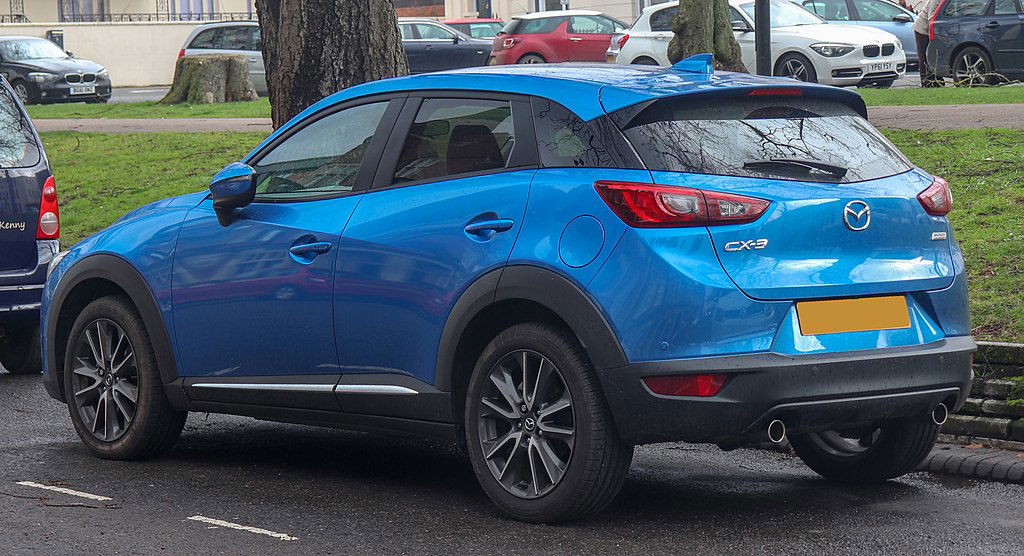
The Mazda CX-3 has limited customization options, which means you may not get the exact features and options you want.
For example, if you want a different color interior or a specific type of wheel, you may not be able to get it on the CX-3. If customization is important to you, you may want to check out other vehicles that offer more options.
12. 2017 Mazda CX3 Common Problems: Limited Towing Capacity
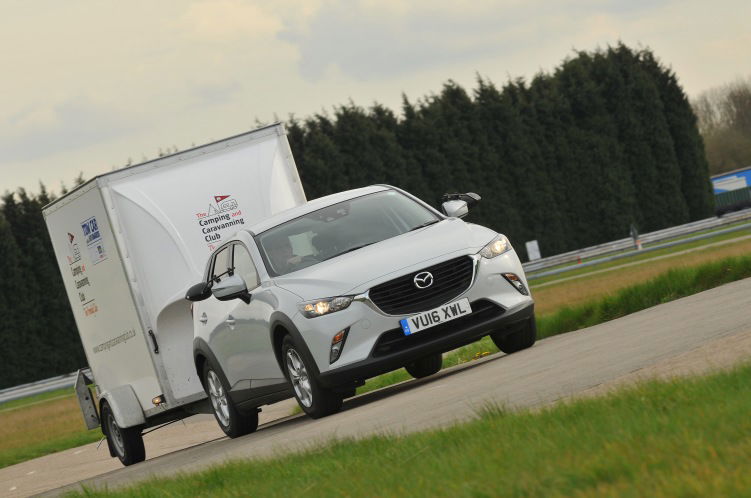
The Mazda CX-3 has a limited towing capacity of only 1,200 pounds (like, seriously?), which means it is not well-suited for towing trailers or other heavy loads. If you need a car for towing, you may want to look at other SUVs with higher towing capacities.
13. 2017 Mazda CX3 Common Problems: Limited Warranty
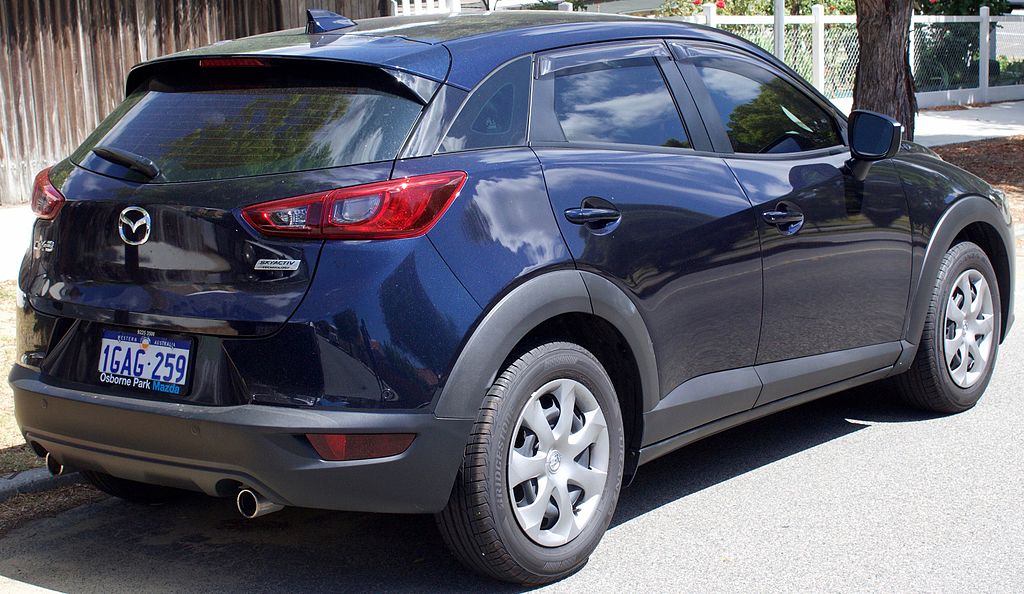
The 2017 Mazda CX-3 comes with a limited warranty that covers the car for three years or 36,000 miles, whichever comes first.
While this is standard for many cars in its class, some competitors offer longer warranties, which can give you more peace of mind. Exactly – peace of mind.
Well, we’d be stingy with our warranty packages, too, if we equipped our car with a poor-quality suspension system. If you want a car with a longer warranty, you can certainly do better than the 2017 Mazda CX-3.
Our Verdict On The 2017 Mazda CX-3
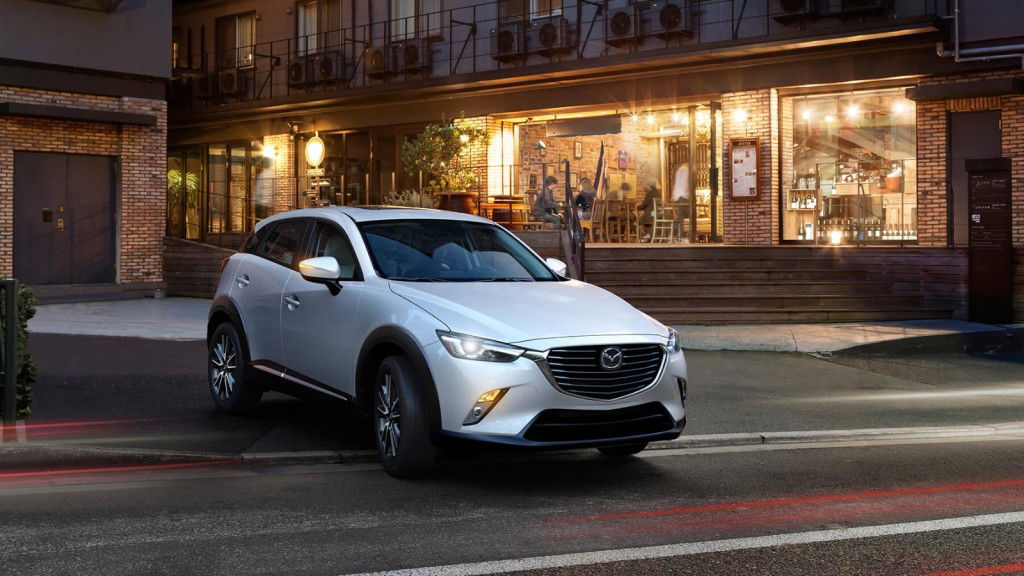
While the 2017 Mazda CX-3 is a stylish and fuel-efficient subcompact SUV, there are several reasons why you should avoid buying it.
Its limited cargo and rear seat space, noisy cabin and suspension, underpowered engine, and limited safety features ultimately make it less appealing than other options in its class.
Additionally, its limited off-road capability, expensive price, limited customization options, limited towing capacity, and limited warranty aren’t exactly such compelling advertisements to auto shoppers.
If after reading these 13 reasons to avoid the 2017 CX-3 and you still want to buy the SUV, we can only imagine you know exactly what you’re doing. So, tell us in the comment section below.